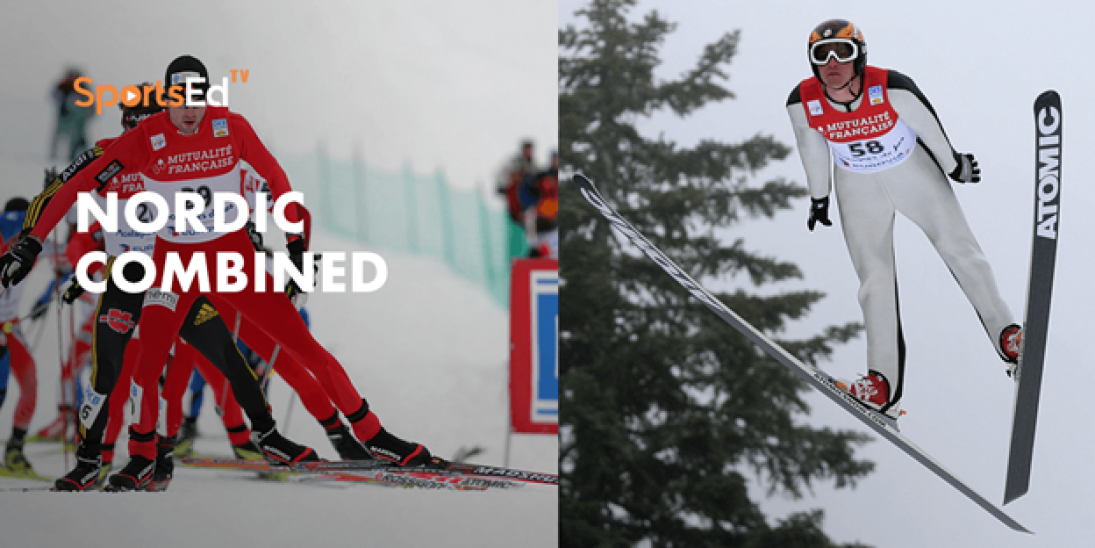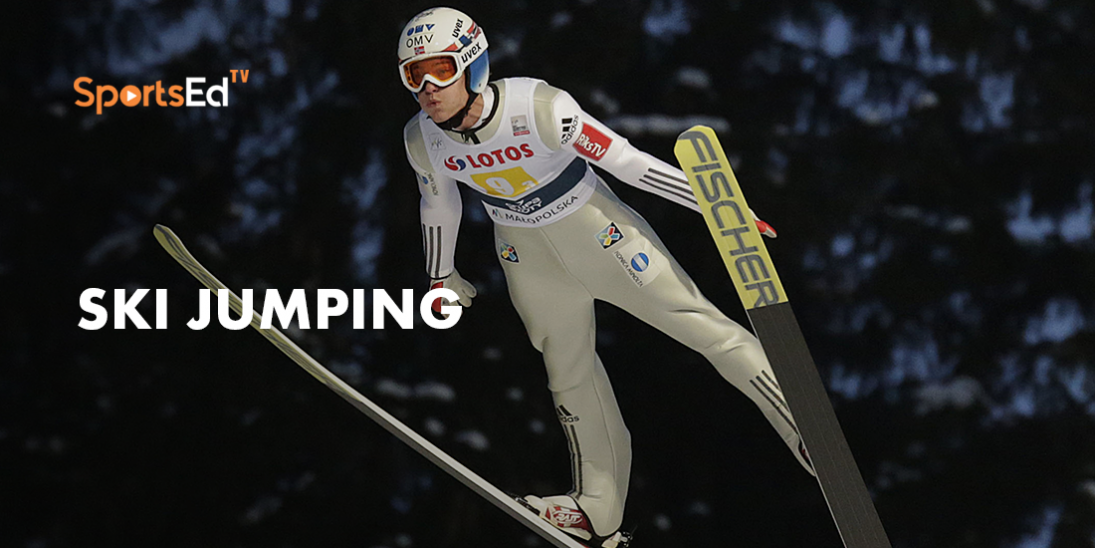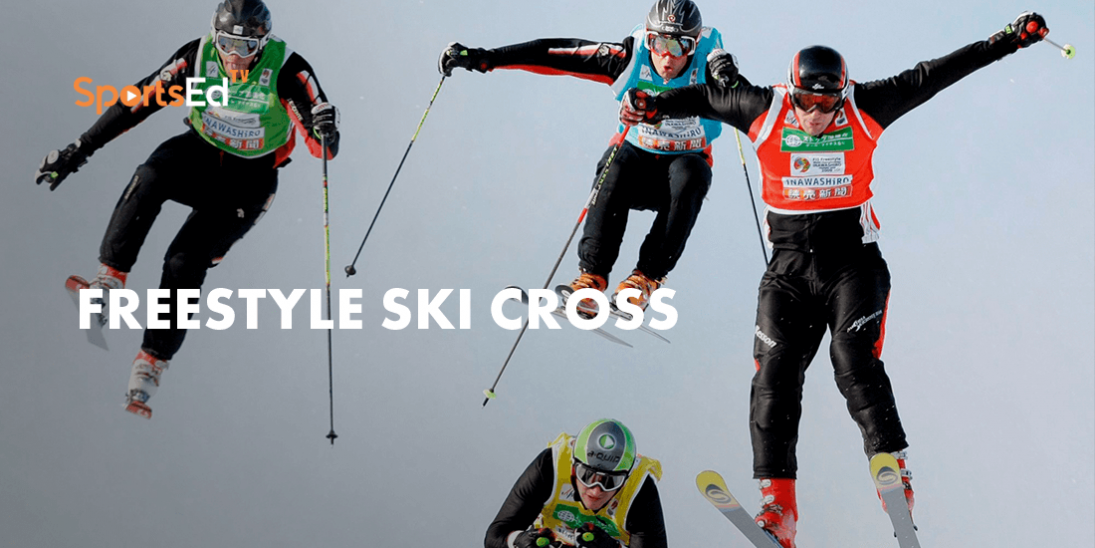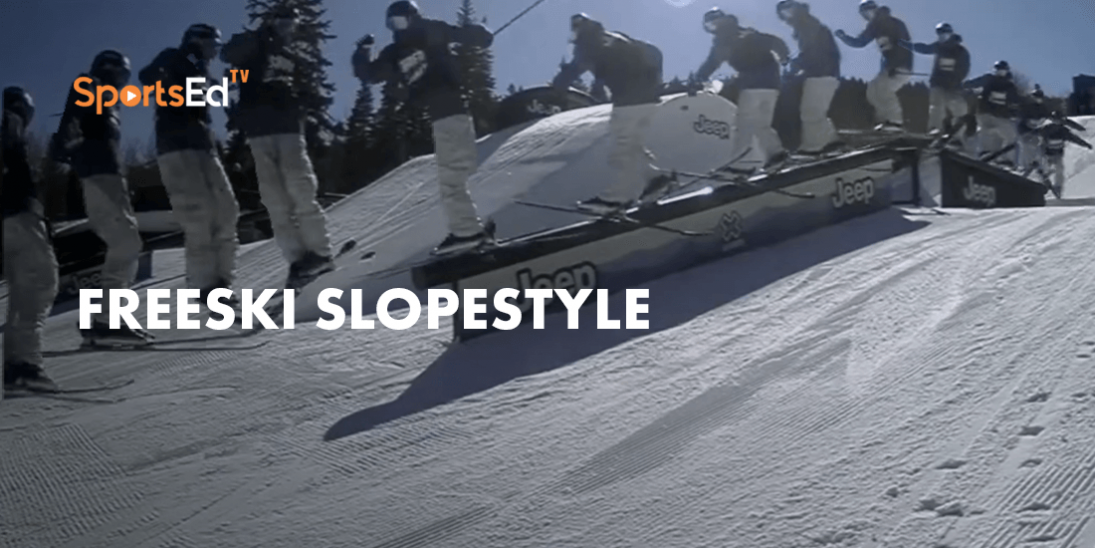Skiing
Welcome and thanks for visiting...

Basics of Alpine Competition
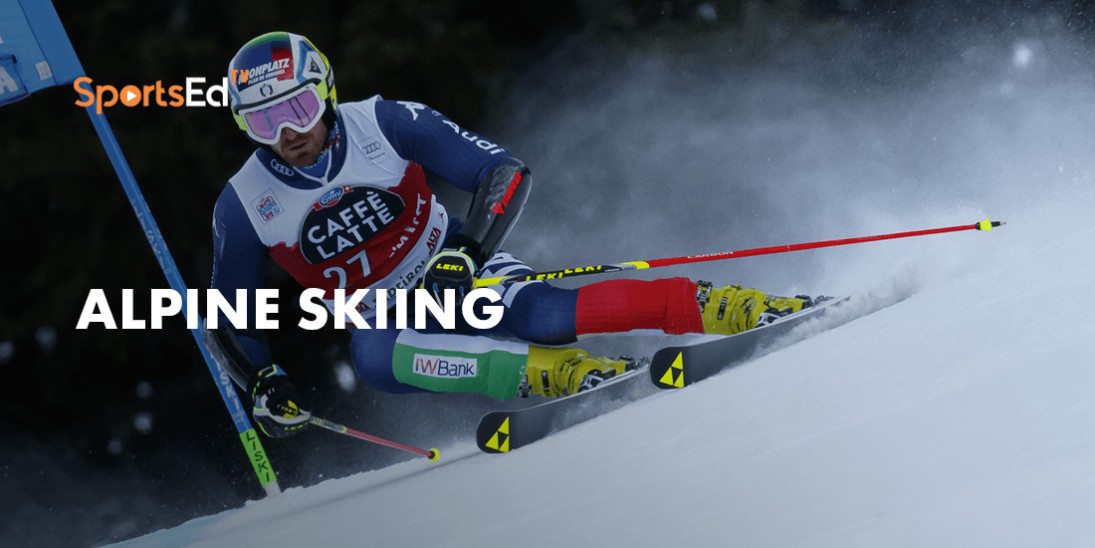
Alpine skiing is not one specific sport, but a term encompassing 11 different events. Yanqing National Alpine Skiing Centre will host alpine skiing at Beijing 2022.
The key events are:
Downhill:
Super G:
Giant Slalom:
Slalom:
Combined:
Mixed Team Parallel Slalom
More on downhill, and Super G here:
Downhill is a form of alpine skiing competition. Downhill emphasizes the six components of technique, courage, speed, risk, physical condition and judgement. Athletes must have an aerodynamically efficient tuck position to minimize drag and increase speed.
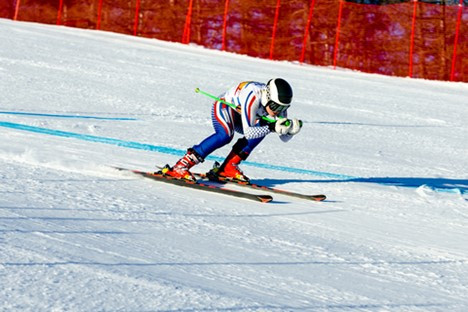
Super G, much like a downhill course consists of widely set gates that racers must pass through. The course is set so that skiers must turn more than in downhill, though the speeds are still much higher than in giant slalom. Each athlete only has one run to clock the best time. In the Olympics, super-G courses are usually set on the same slopes as the downhill, but with a lower starting point.
And the slaloms here:
Slalom and Giant Slalom are known as technical events, challenging the skiers' ability to navigate a course with more gates and turn all events. The skiers navigate a series of gates while traveling down a steep hill. The fastest to cross the finish line wins. The full nine refers to the path a skier would take down a hill, its gravity within only factor.
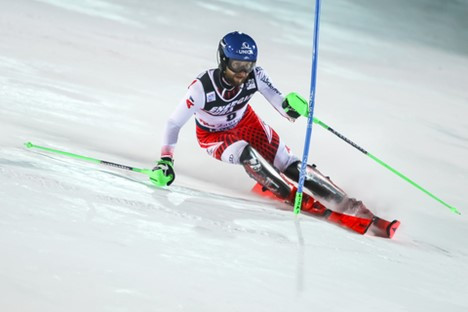
Slalom
Giant slalom course vertical drops must be 250–450 m (820–1,480 ft) for men, and 250–400 m (820–1,310 ft) for women. The number of gates in this event is 56–70 for men and 46–58 for women. The number of direction changes in a giant slalom course equals 11–15% of the vertical drop of the course in meters. Although giant slalom is not the fastest event in skiing, on average racers may reach average speeds of 40 km/h (25 mph).
Slalom courses are constructed by laying out a series of gates, formed by alternating pairs of red and blue poles. The skier must pass between the two poles forming the gate, with the tips of both skis and the skier's feet passing between the poles. A course has 55 to 75 gates for men and 40 to 60 for women. The vertical drop for a men's course is 180 to 220 m (591 to 722 ft) and measures slightly less for women the gates are arranged in a variety of configurations to challenge the competitor.
Mixed Team Slalom involves four skiers from each country facing off against each other on two identical courses, which sit next to each other. The event starts with a round of 16 before the quarterfinals, semi-finals and final.
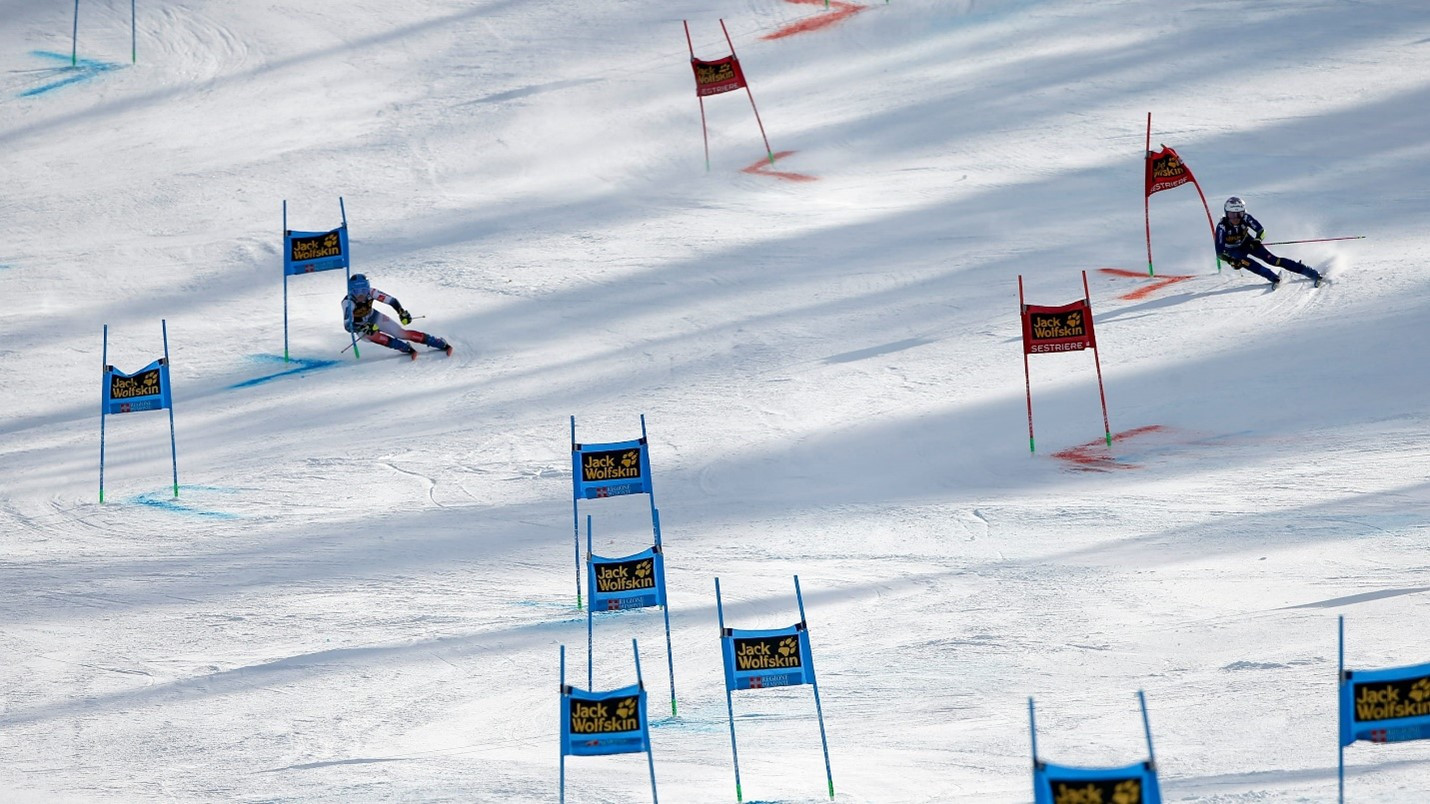
The slalom courses require skiers to move sideways between gates repeatedly passing in and out of the fall line. Ski racing involves channeling the power of the fall line whilst diverging from it, maneuvering the body and skis in a way that transfers gravity into an energized traverse. If an athlete takes the wrong line down, of course, their tactical options and speed can be lost for making.
Interestingly, bamboo poles were traditionally used for gates, the rigidity of which forced skiers to maneuver their entire body around each gate. But now those rigid poles have been replaced by hard plastic poles, hinged at the base. The hinged gates require only that the skis and boots of the skier go around each gate.
The new gates allow a more direct path down a slalom course through the process of cross-blocking or shinning the gates. Cross-blocking is a technique in which the legs go around the gate with the upper body inclined toward, or even across, the gate; in this case the racer's outside pole and shin guards hit the gate, knocking it down and out of the way. Cross-blocking is done by pushing the gate down with the arms, hands, or shins.
The baseline line is dynamic to each skier's ability and strength. An athlete will have a different baseline determined by their ability to hold a tighter turn, adding slope conditions, ruts, transitions, and rhythm. The line becomes a skill that requires experience, strategy, and significant planning in downhill skiing.
Finding the shortest path also involves staying close to the surface of the slope when going over jumps and bumps, and closely following the curve of the slope can help skiers find the shortest route down the mountain. The skier studies the bumps and hollows on the slope, and it's a path that sets the force of the snow on.
The skier can be reduced by to 450 edging as they come down or move across the snow. Edging the skis causes one side to dig in. Slowing the skier down, giving them more control on the alternating left and right turns. Keeping more of the ski flat on the snow means the skiers think less, and the athletes maintain a higher speed.
Alpine Combined is a competition consisting of one run of downhill and two runs of slalom, each discipline runs on separate days. The winner is the skier with the fastest aggregate time.

